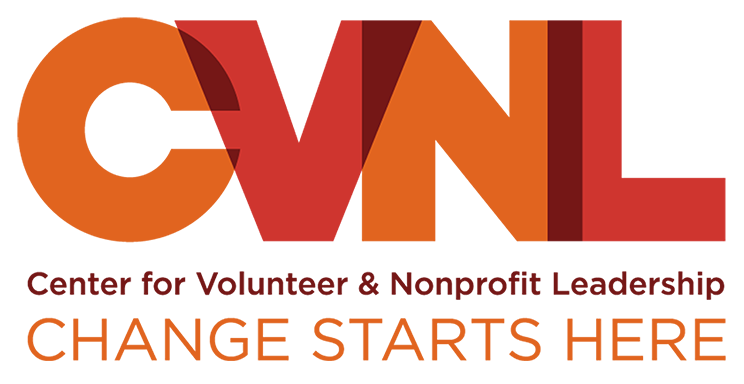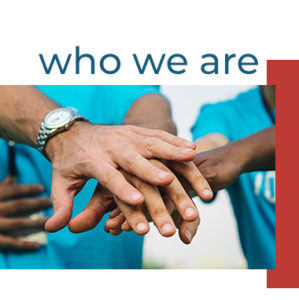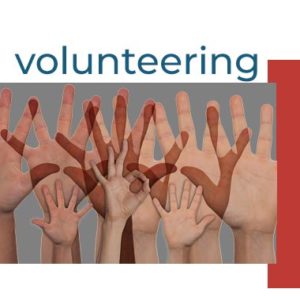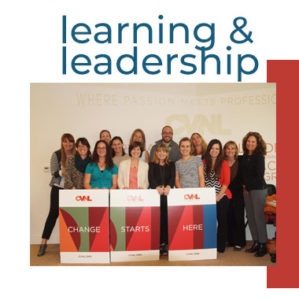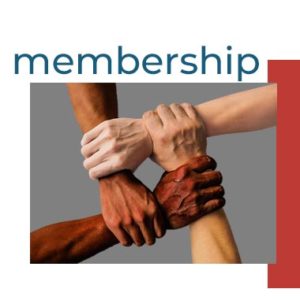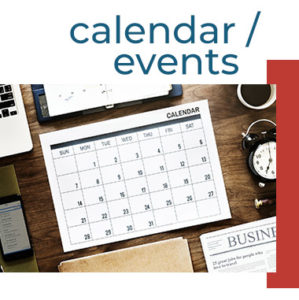Reflections on Compassion, Resilience, and Returning to the Workplace
When applied to leadership, compassion shows up in powerful ways.
Like many of you, I have been engaged in online workshops and daily discussions about what it means to be a compassionate and resilient leader. These are not new conversations and yet they are happening within a much different context, and even more so as we emerge from the pandemic. As with any human tragedy, there is a need to find the learning in the grief, or something to cling onto as a way to move forward. I think one of these is a greater embrace and understanding of compassion in the workplace. Some, like Center for Volunteer & Nonprofit Leadership (CVNL) consultant Reva Patwardhan at Greater Good Coaching call it Courageous Leadership. Dr. Brene’ Brown and CVNL’s Dare to Lead™ certified instructor, Ana Estrada Daniels, at Anavo Solutions have guided us on what it means to have a “strong back, soft front, wild heart.” The meaning and practice of courageous compassion has expanded to include other resilience qualities as well like mindfulness and gratitude (See Dr. Rick Hanson’s book Resilient, How to Grow an Unshakable Core of Calm, Strength, and Happiness) – creating a complex soup of emotion and vulnerability.
When applied to leadership, compassion shows up in powerful ways. For example, trusting employees to be productive while working from home. Accepting and even welcoming children and pets running past the Zoom screen during a staff meeting is less difficult perhaps. Laughing at casual wardrobes, messed hairstyles (a personal favorite), and meals eaten on-screen have added fun and color to our Zoom days. And sadly, with virtual hugs, we have comforted employees who have lost a partner, spouse, sibling, or friend to COVID-19.
Workplace norms related to physical space have shifted dramatically, as the workplace is often a home office, bedroom, dining room, or back porch. What has emerged for some leaders is new insight about our team members and their lives outside of work. We may have had this understanding intellectually; now it is in our faces, on camera. In the “old” workplace, employees were more easily able to compartmentalize emotionally, hiding their stress, or even grief in their cubicle, office or in plain sight. Even though many of us have not been in the office together, we have developed ways to feel connected in meaningful ways through the Zoom “Hollywood Squares.” I have seen more interiors of people’s homes than ever before – admired artwork, books on shelves, lamps, and kitchen cabinets. While more difficult to detect through the screen, I have gotten better at noticing body language and energy, at least from the neck-up. Smiles, frowns, leaning in, slumped shoulders, cameras on or off.
Working from home has also impacted our leadership and our teams in different ways, depending on style (think Daniel Pink and his work on motivation), generation (Generation X, Y or Z), and more. Some organizations have had a mix of employees working from home and those required to be in the office as essential workers. We have each had our own unique pandemic experience and have grappled with it in different ways.
One of the easiest practices to consider and somehow hardest to execute is giving permission and encouragement to ourselves and our team(s) to engage in self-care during the day –a mid-day walk, listening to music, dancing, yoga. Jessica Grace-Gallagher, Volunteer Manager for Sonoma County at CVNL, shared in a recent workshop, “Self-care is especially hard for nonprofit leaders who often struggle with high workload, continued and fast-paced changes, and scarce resources.”
At Center for Volunteer & Nonprofit Leadership, we provide a host of programming to support leadership and well-being during this time of uncertainty. Our Stronger Together webinar series, launched in March 2020, just as we shut down, provides vital information about operating an organization during the pandemic. We offer workshops, boot camps, and leadership intensives in organizational culture (Third Plateau Strategies), self-care, courageous, compassionate leadership, as well as fundraising during a pandemic (Partnership Resources Group.) These topics, always important, need even more attention now, as we prepare to return to the workplace, especially when returning may look very different than it has in the past.
Here are some questions to consider as we return to the workplace:
- How will you continue some new, helpful habits you’ve acquired, practice compassion, and model well-being when we are all back together?
- How will you use resiliency practices to manage interpersonal relationships and workplace conflicts?
- What one thing have you learned in the last 15 months that will help you stay in a place of compassion with your teams and with yourself?
- What one strategy or new habit will you bring forward to support your resilience in a new post-pandemic workplace?
Need leadership support, information, and connection? Contact CVNL at www.cvnl.org. Applications are available for CVNL’S Excellence in Leadership Program (ELP).
Join the Fall 2021 cohort of nonprofit leaders. Learn more – www.cvnl.org/elp.
